The 12 best flowering shrubs to plant for year-round colour in your garden
For year-round structure, intrinsic beauty and sheer usefulness, shrubs–the original low-maintenance plant–are hard to beat. Charles Quest-Ritson applauds their return and picks out a dozen to ensure interest in your garden all year round.
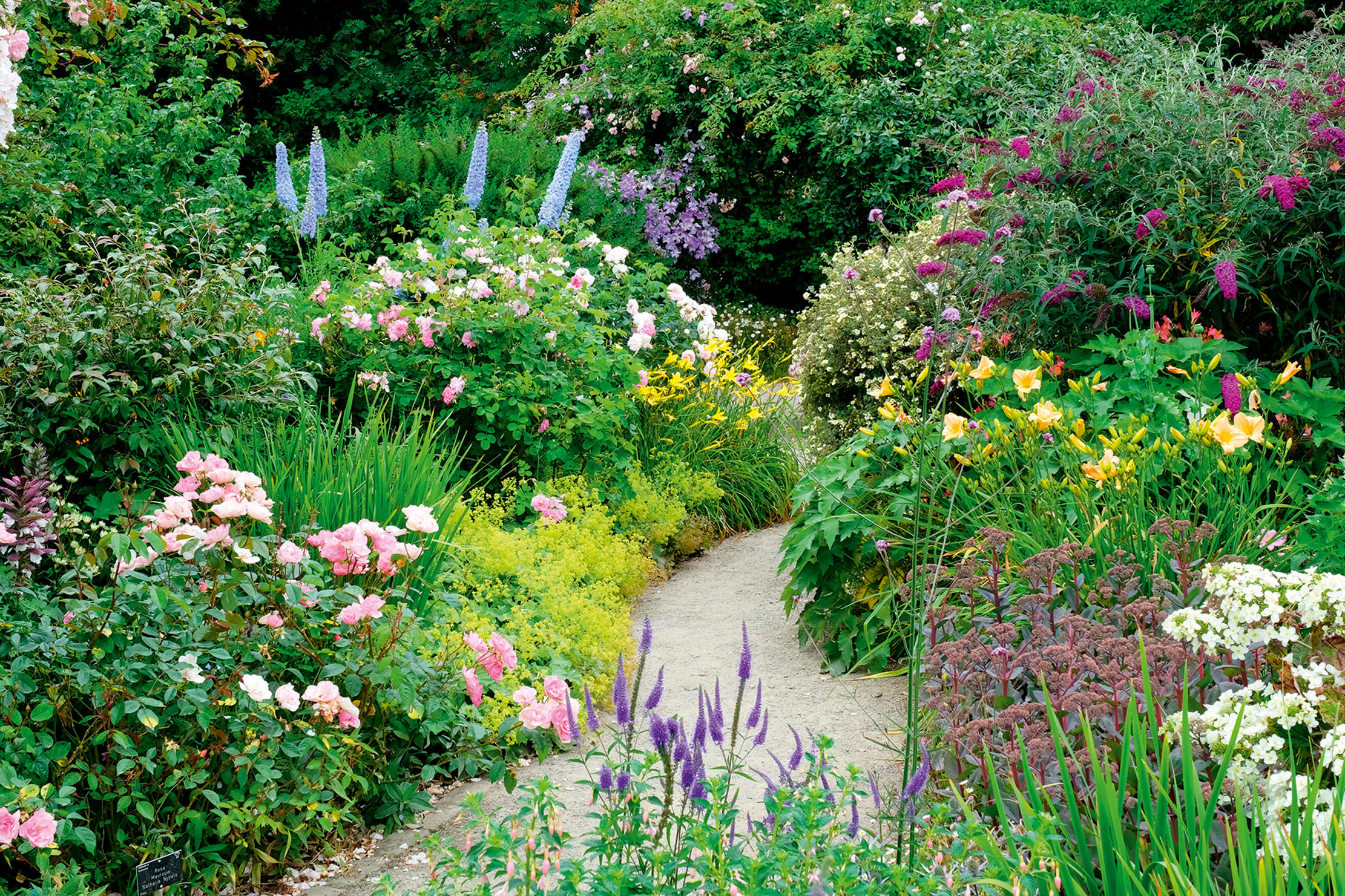
Shrubs are back in fashion. For Country Life readers, of course, they were never out. They have long been the principal element in our gardens, both for their structure and for their intrinsic beauty.
Pause to think about it: roses are shrubs; the plants we use for hedging are shrubs; the rhododendrons that grace our woodlands are shrubs; rosemary and lavender are shrubs; the great berry-bearers such as cotoneasters and pyracanthas are shrubs. The wonder is that anyone ever thought that sweeps of perennials and grasses were enough to make a garden.
Shrubs define our gardens. Shrubs, whether evergreen or deciduous, are essential to enclose and protect them. Most can be cut to shape: shrubs are what we use for topiary and cloud-pruning. Forms with coloured leaves — variegated, purple or yellow — multiply our options.
Herbaceous plants are pretty, but they have little to offer except a short season of glory. They are labour intensive, too. Shrubs do not have to be cut back, divided, fed or fussed over and there is one in flower every month of the year. Some of our best evergreen shrubs flower in winter — think of camellias, daphnes, mahonia and rosemary. There are some spectacular winter-flowering rhododendrons, too: your first encounter with R. ‘Christmas Cheer’ will be a lightbulb moment.
12 of the best flowering shrubs to plant to guarantee 12 months of beauty, year after year
January
Lonicera x purpusii, Jasminum nudiflorum (pyracantha berries)
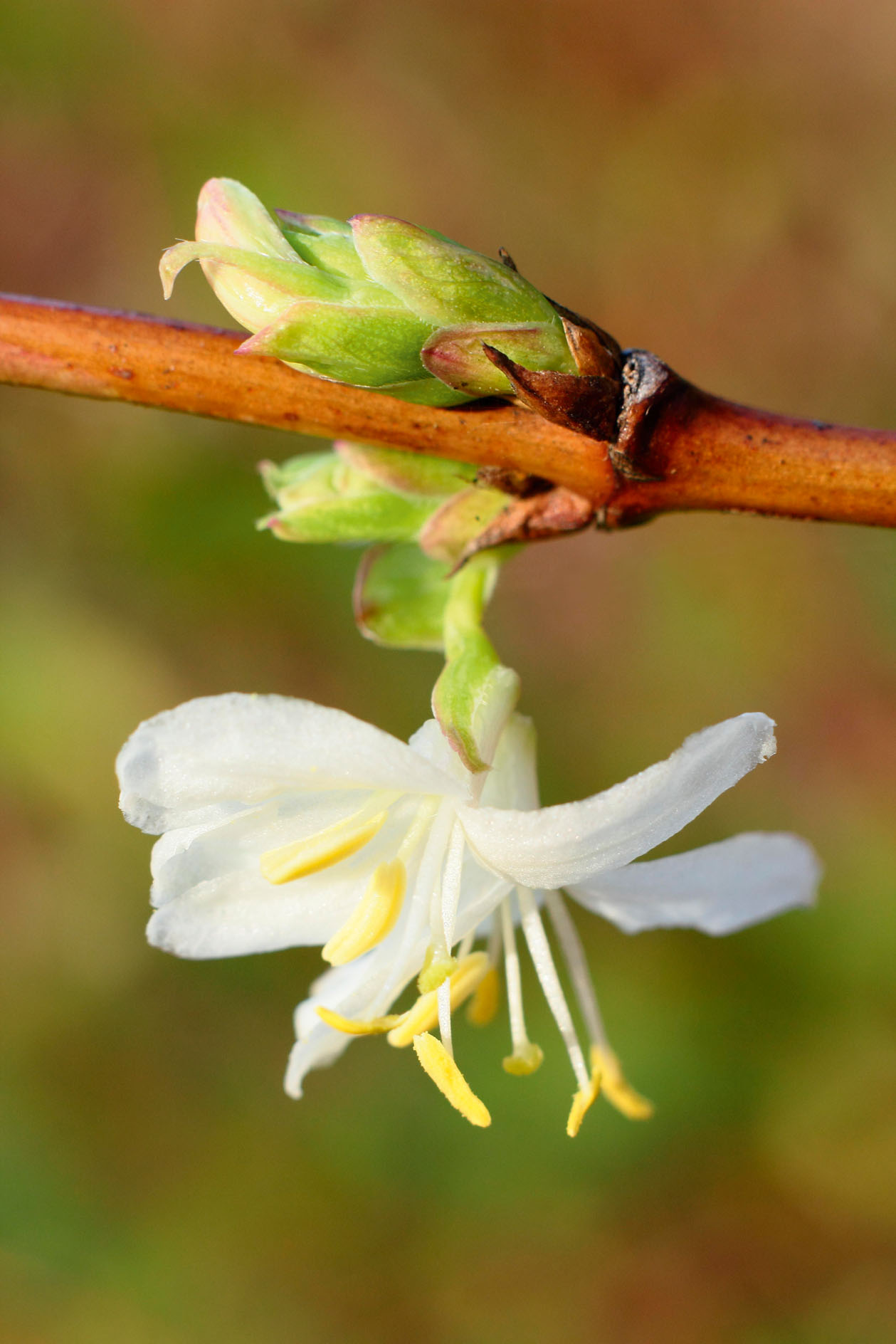
February
Erica carnea, Daphne bholua, hamamelis
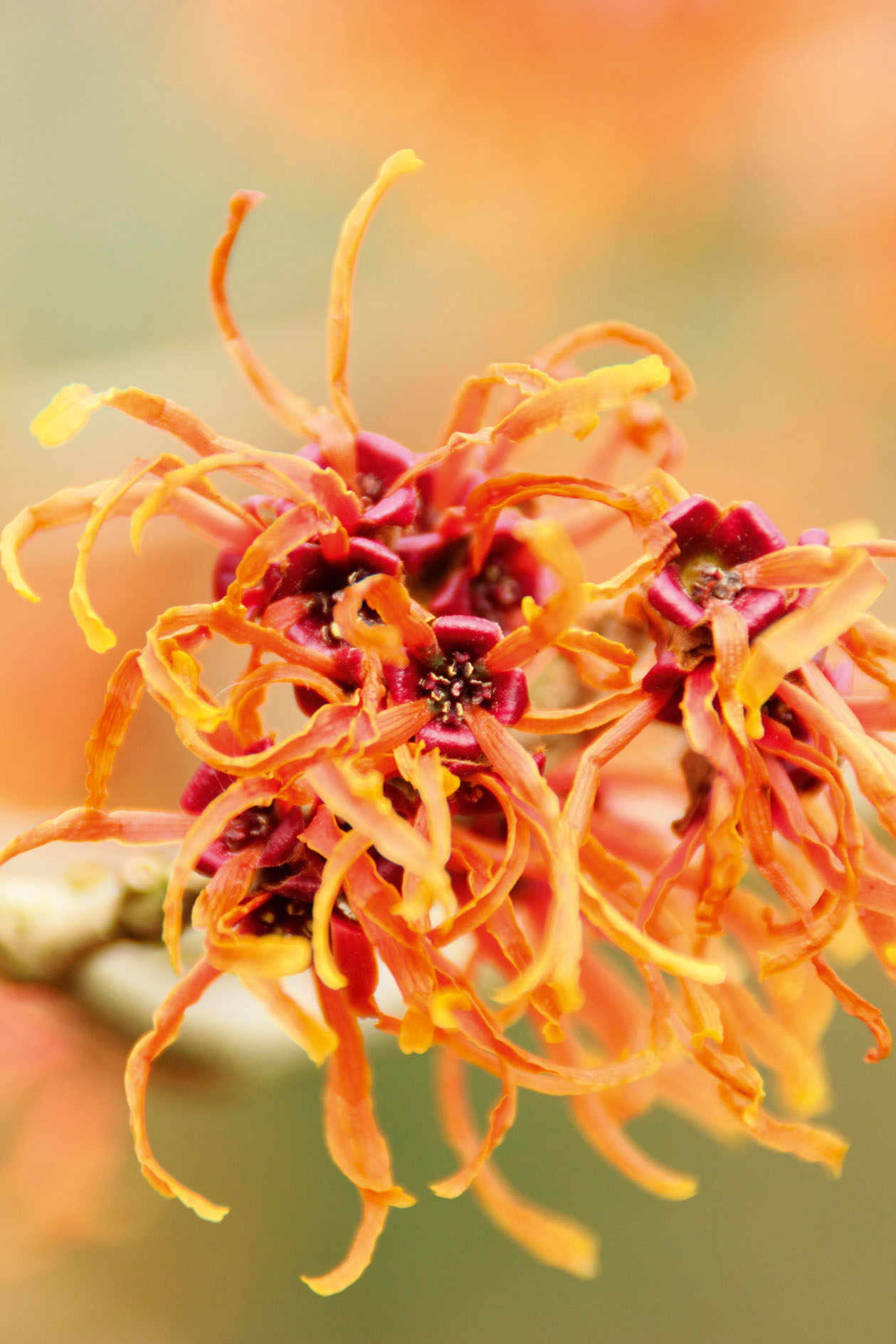
March
Camellias at their peak, Prunus incisa cvs, corylopsis
Sign up for the Country Life Newsletter
Exquisite houses, the beauty of Nature, and how to get the most from your life, straight to your inbox.
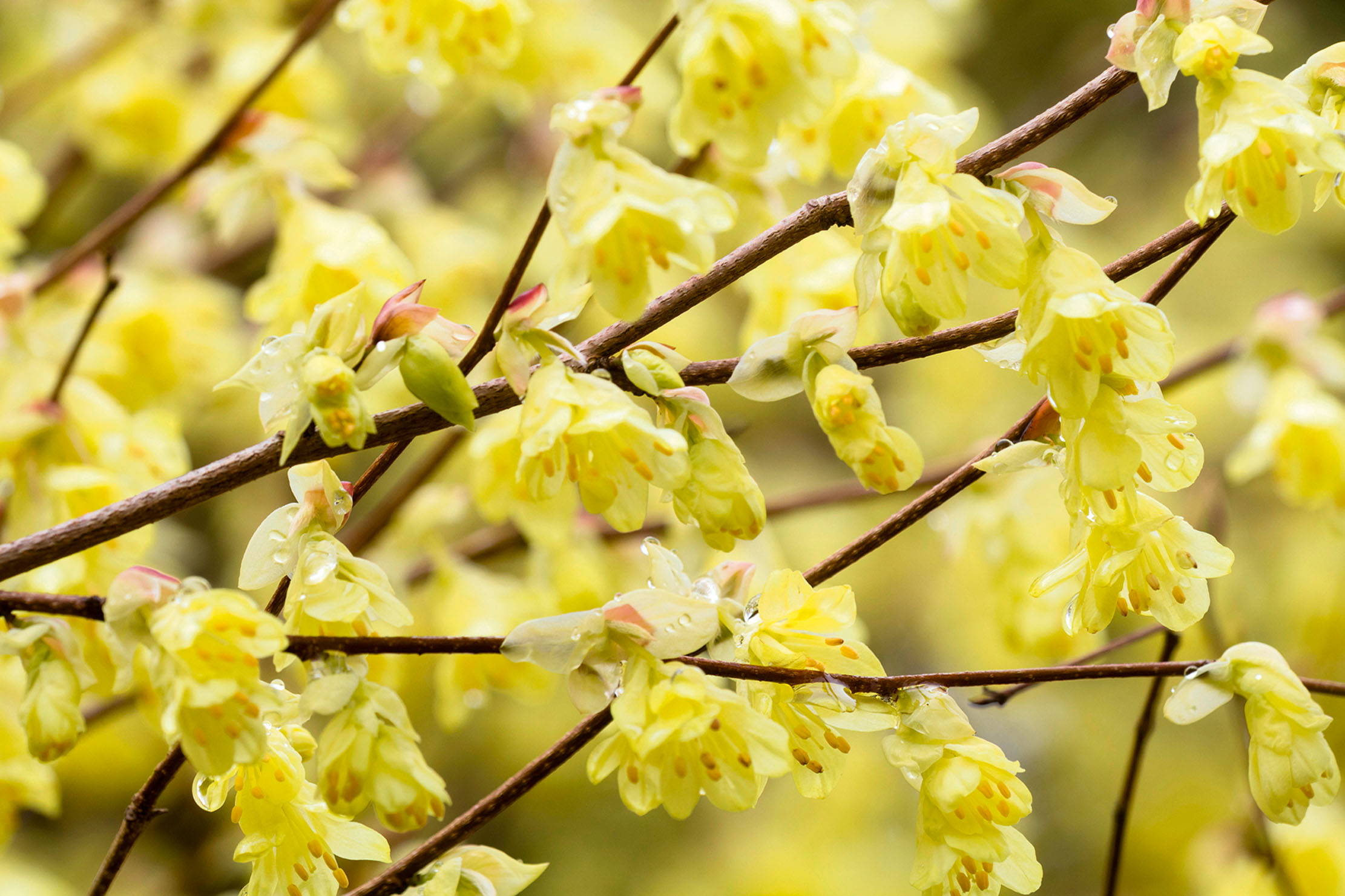
April
Ceanothus, forsythia, most magnolias
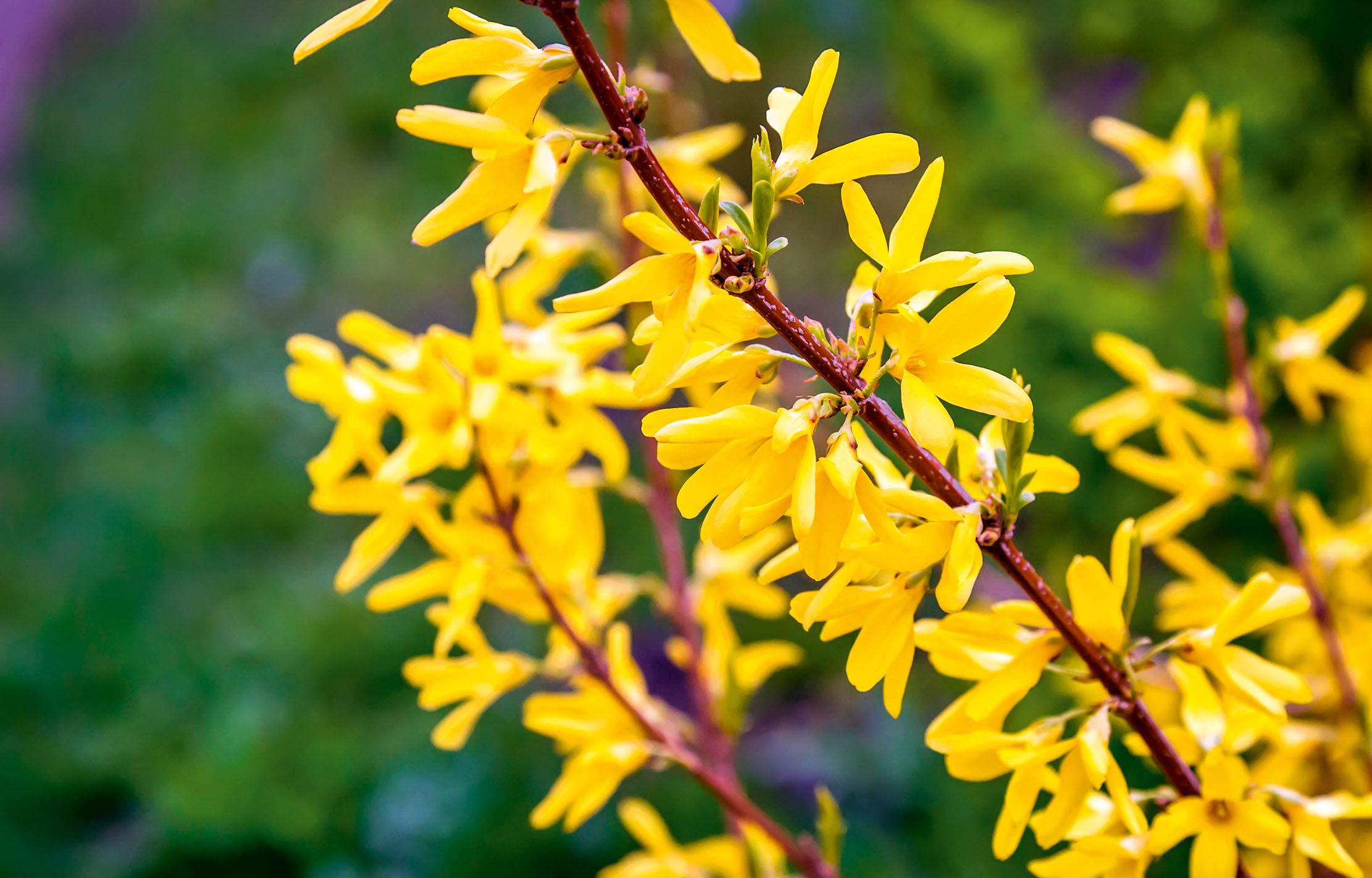
May
Lilacs, philadelphus, rhododendrons at their peak
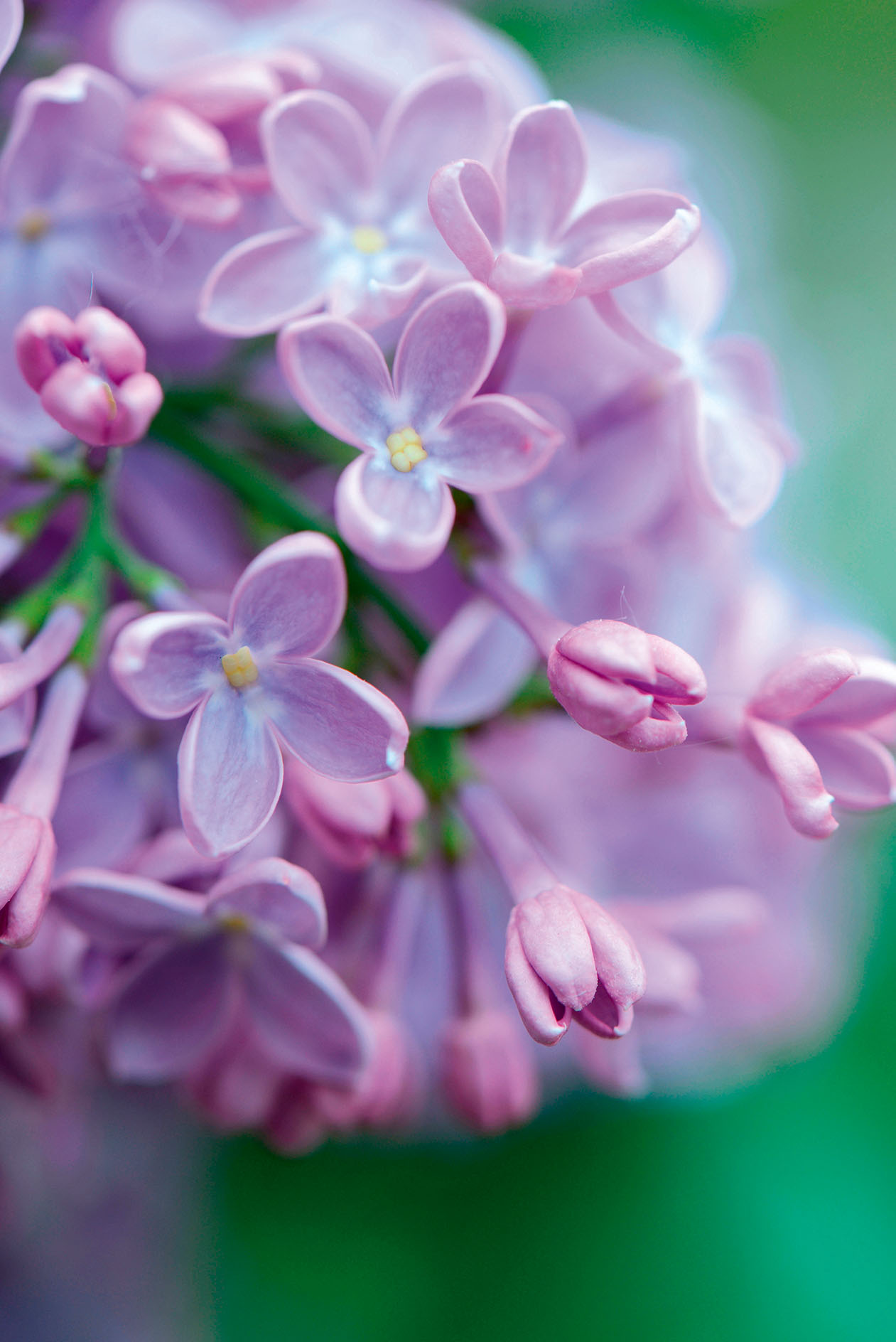
June
Cistus, weigelas, roses at their peak
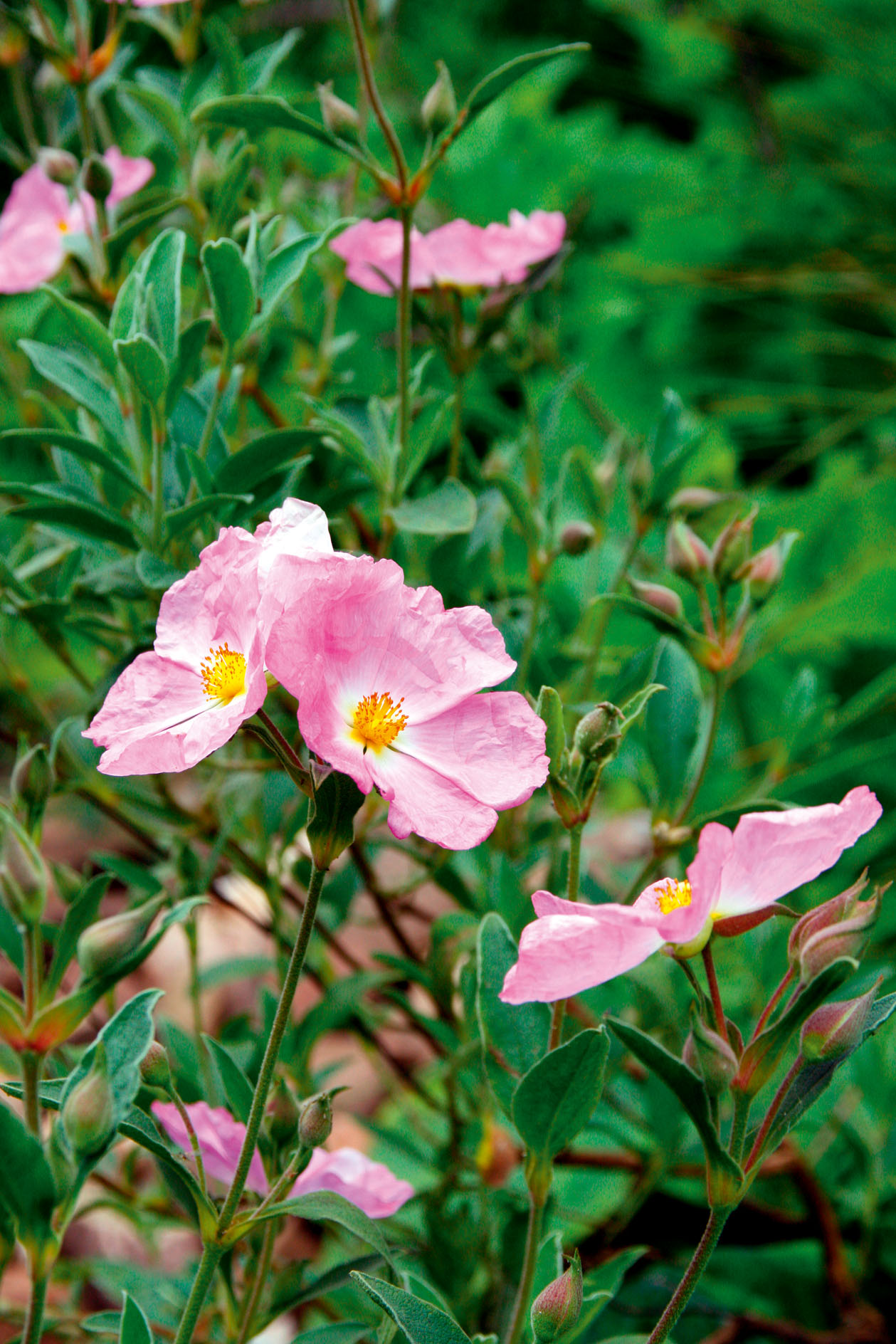
July
Buddlejas, lavender, deutzias
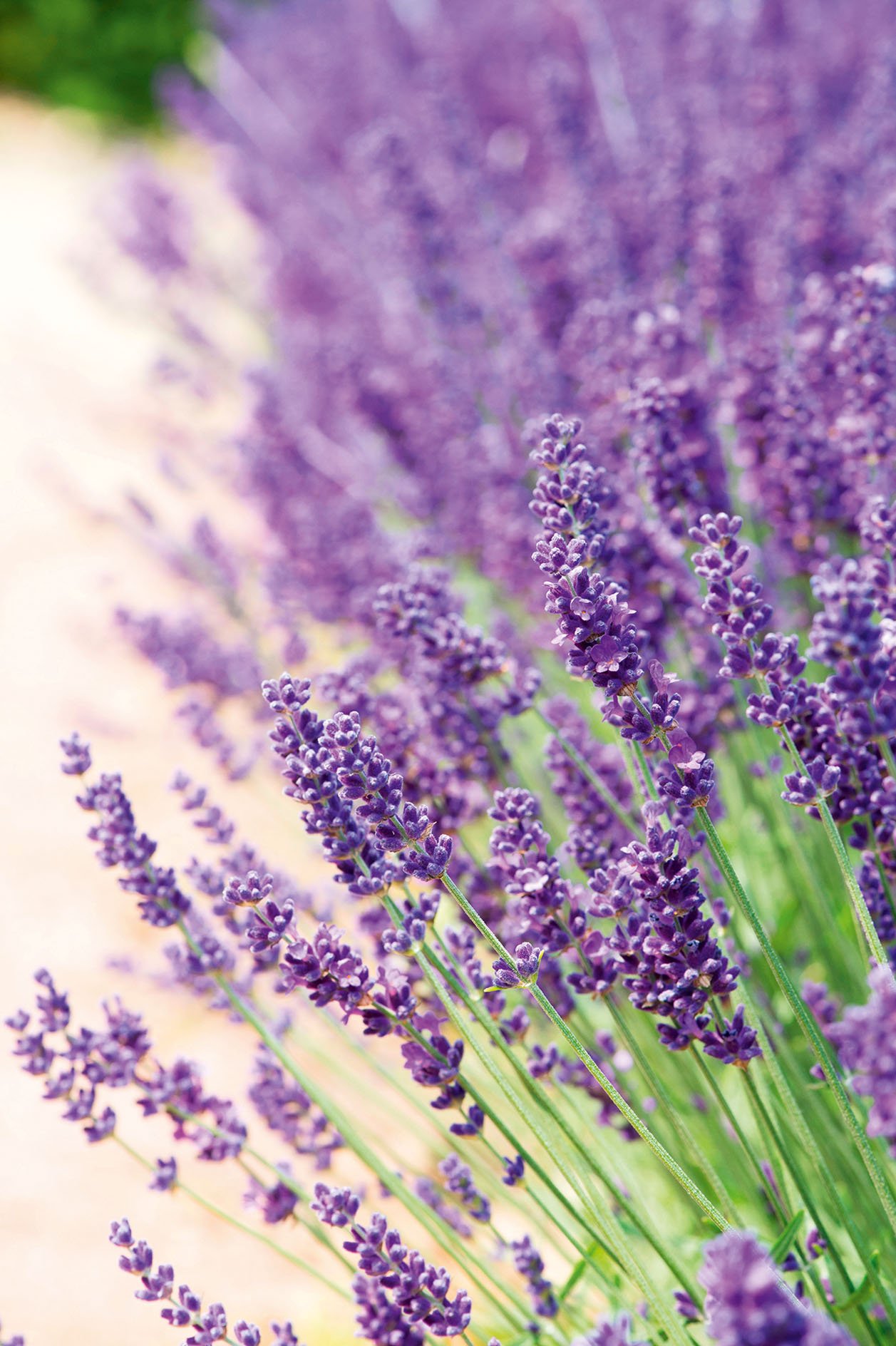
August
Hydrangeas, fuchsias, Hibiscus syriacus
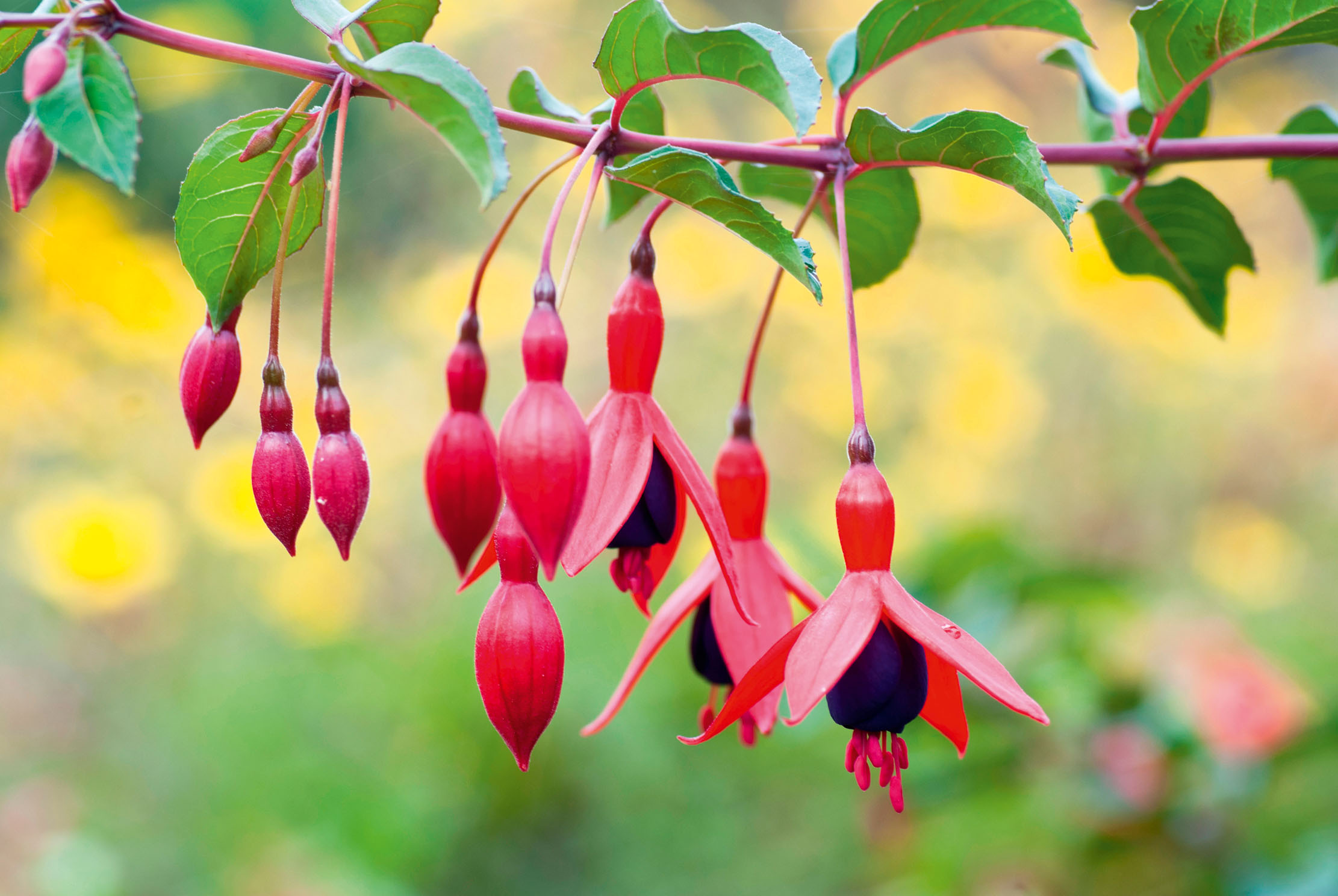
September
Hypericums, Heptacodium miconioides, Itea ilicifolia
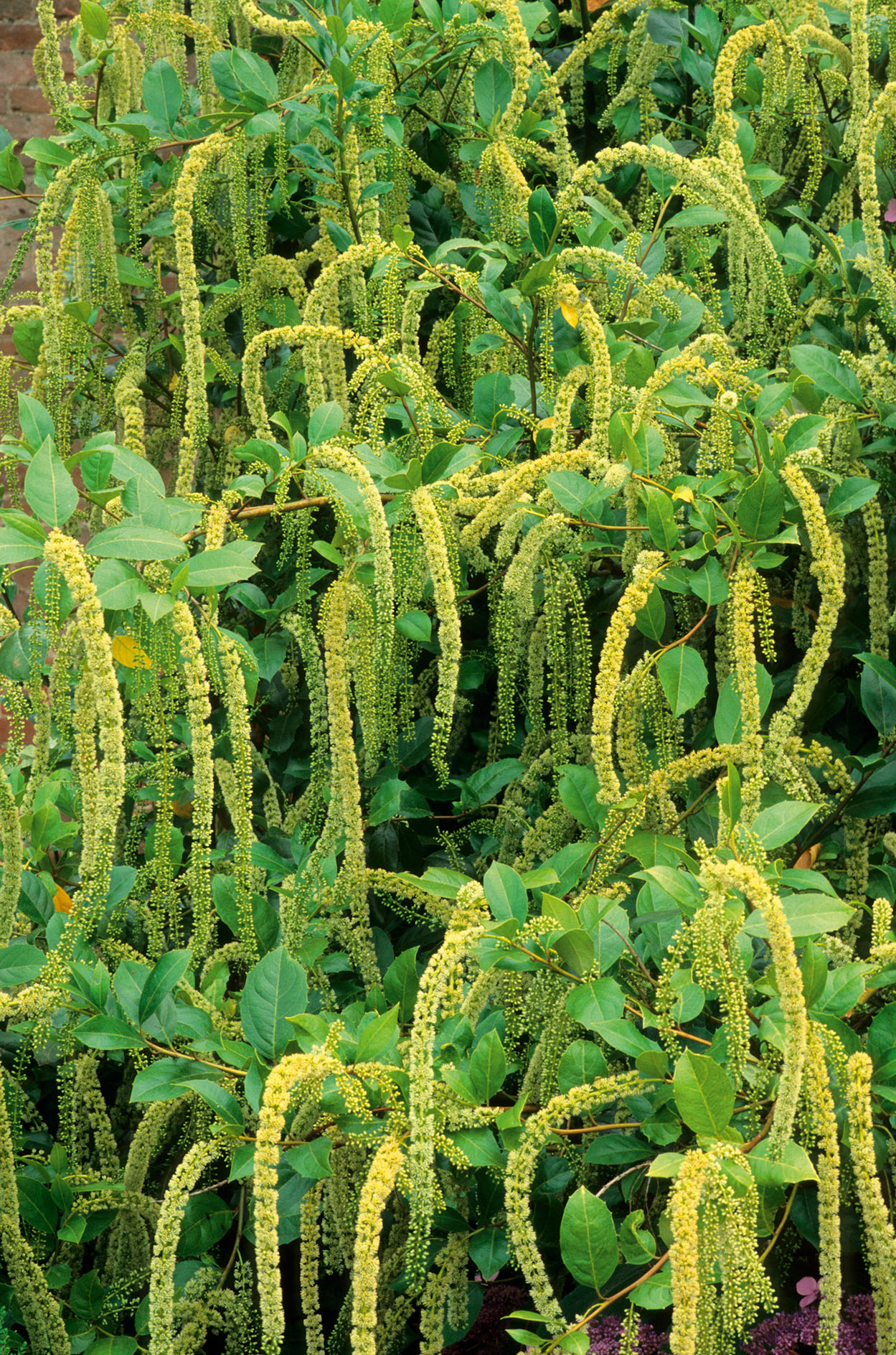
October
Eleagnus, Salvia x jamensis, Arbutus unedo
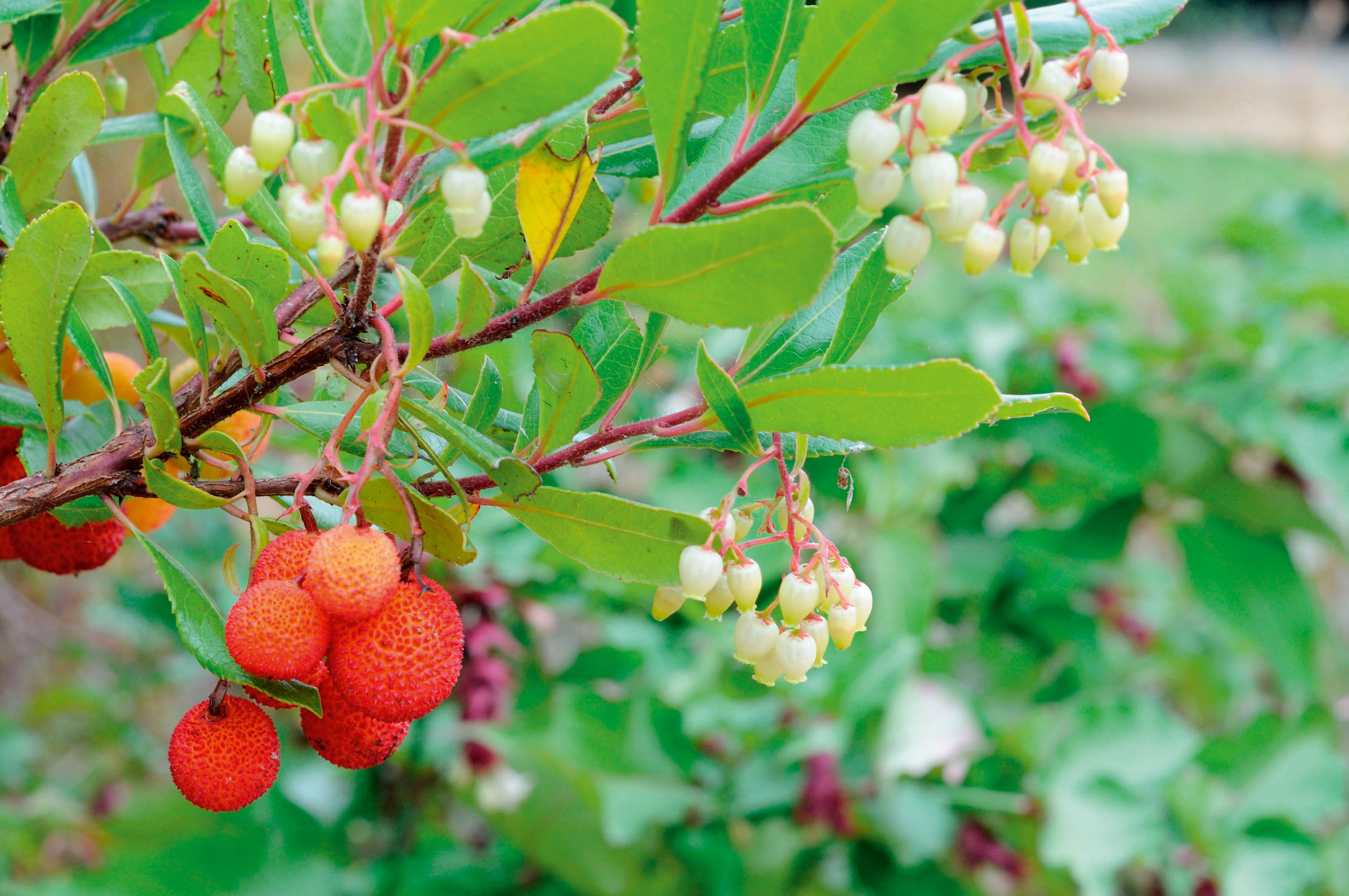
November
Camellia sasanqua, Viburnum tinus (cotoneaster berries)
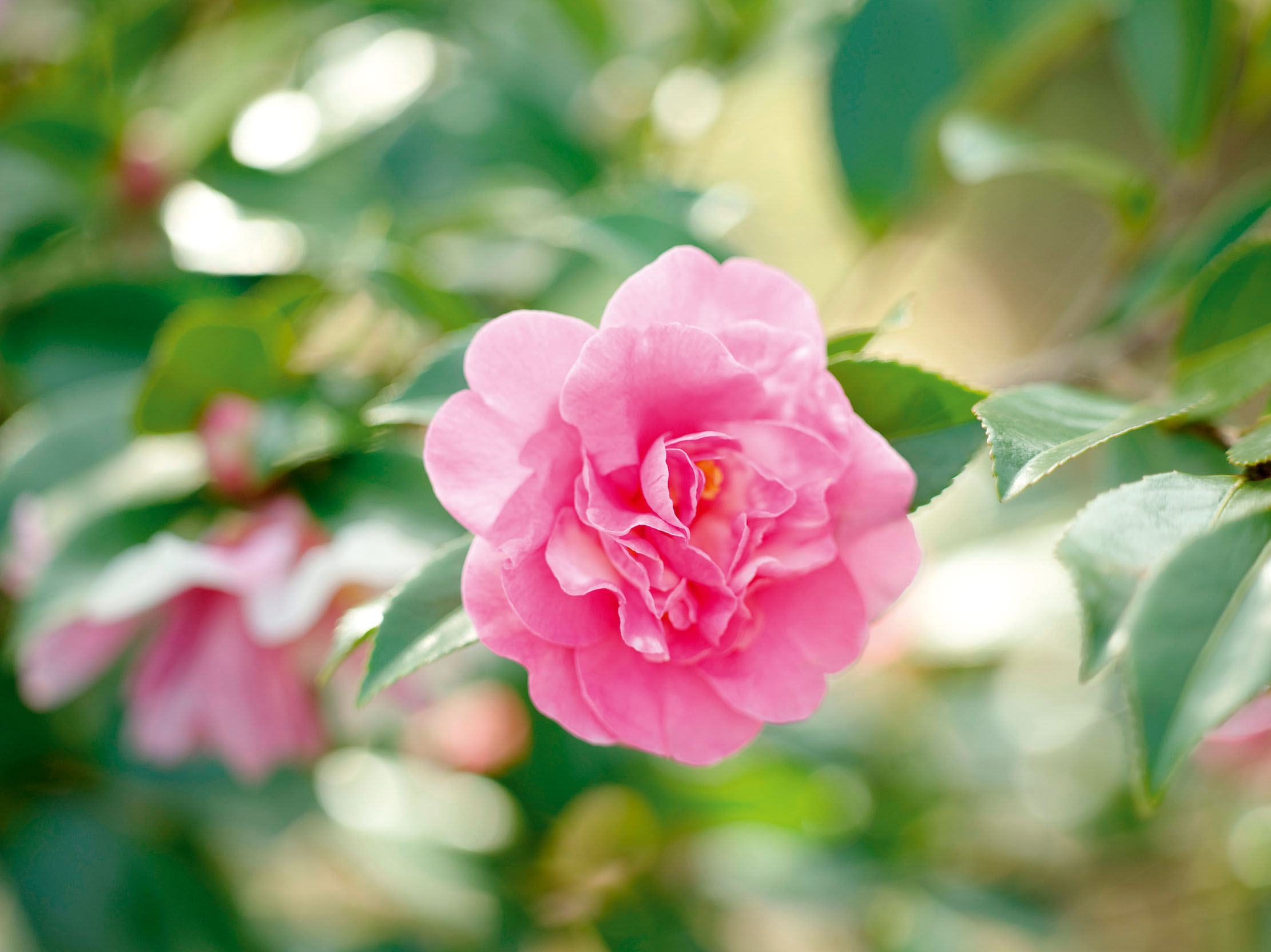
December
Most mahonias, Viburnum x bodnantense (skimmia berries)
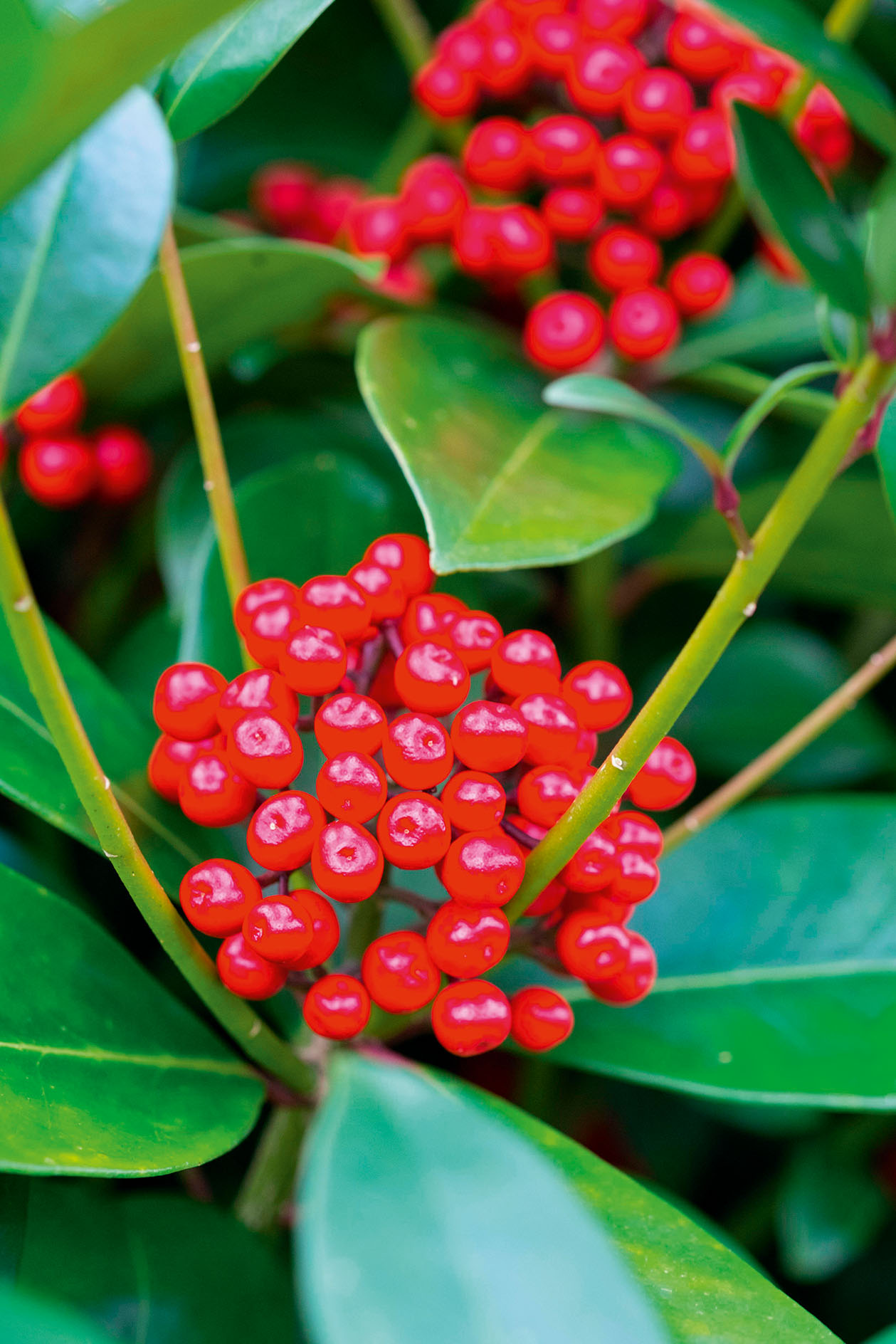
Shrub gardening has a long history. It was the norm from at least 1920 to 1980, but it was also an essential part of laying out a garden from the mid 18th century. Late in the 19th century, William Robinson and Gertrude Jekyll emerged as the horticultural media influencers of their day; Robinson’s The Wild Garden (1870) and Jekyll’s Wood and Garden (1899) are still widely read today.
By 1920, there were good social and economic reasons for this reliance on shrub-gardening — lack of staff after the First World War (even more of a problem after the Second) and high levels of taxation. People simply did not have the disposable income or the leisure to grow perennials in the colour-graded herbaceous borders expounded by Jekyll in Colour in the Flower Garden (1908).
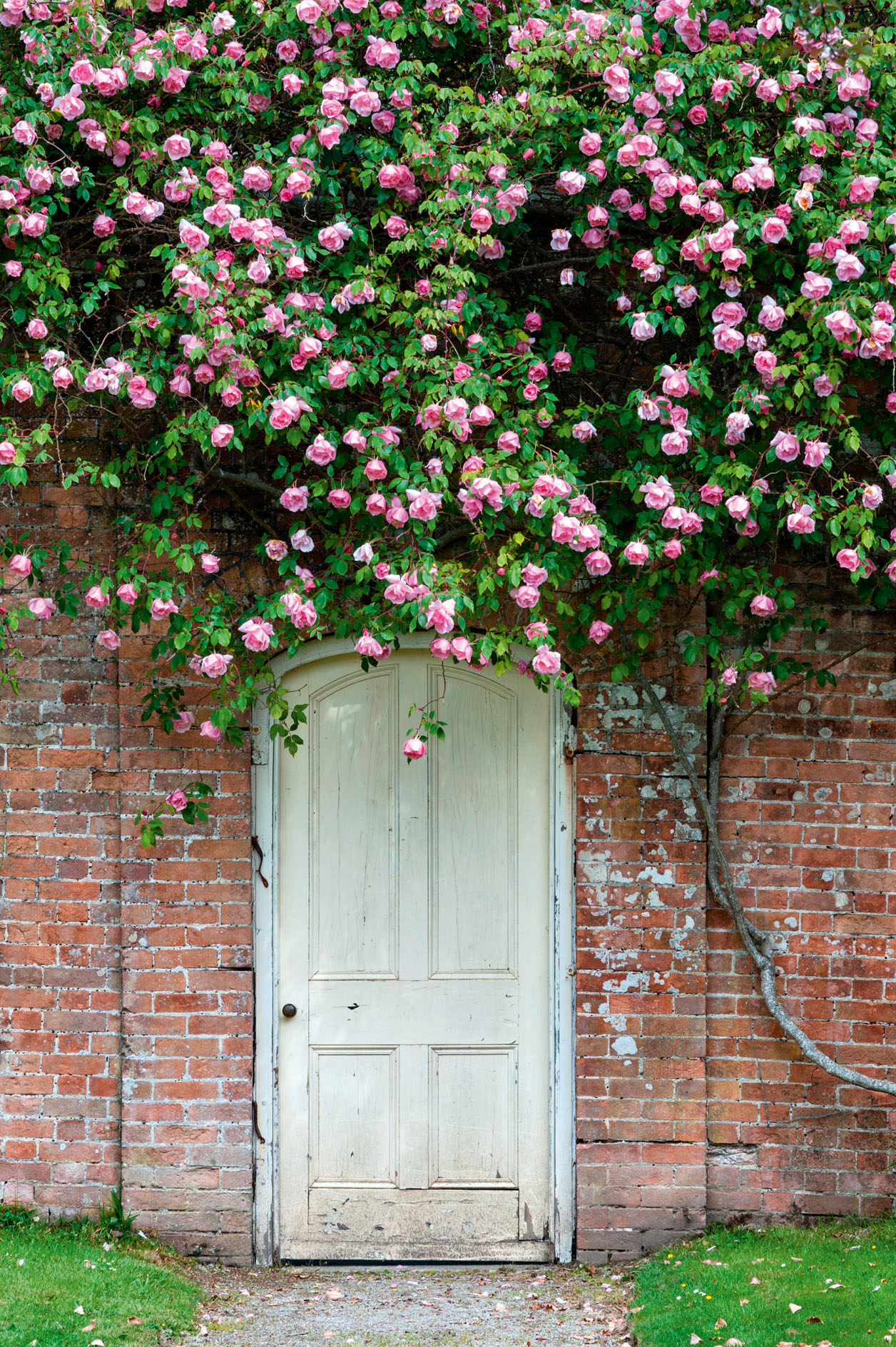
The rise of shrub gardening in the 1920s was aided by an explosion of new species and hybrids of rhododendrons, azaleas and camellias; these were accompanied by flowering cherries from Japan, ornamental crab-apple trees and a rash of rowans and whitebeams sent by plant-collectors from China, Japan and the Himalayas. It was a period that saw the creation of the modern woodland garden — think of Exbury in Hampshire, Borde Hill in West Sussex and Windsor’s Savill Garden. Shrubs made it possible for the nouveaux pauvres to continue to garden on a large scale.
RHS Wisley in Surrey is a good place to start learning about shrubs. Wander through the wooded parts, look around and think. The site has an inspirational demonstration planting within its walled garden that everyone should study, too. The RHS calls it ‘thinking outside the box’ and it amounts to a complex layout of interlacing lines and hummocks, all made from short-growing shrubs and clipped to show their usefulness as alternatives to box. It must have 60 different plant cultivars of every colour and leaf-shape. It also suggests what can be achieved with taller-growing shrubs, especially with evergreens, to give structure to a garden of any size. Look hard, think it through — and start to experiment.
What’s the difference between a tree and a shrub?
There’s a bit of an overlap, but trees usually have a single trunk and grow taller; shrubs are bushes — quite a different shape — and they have many stems. You can train up a shrub to make it taller and single-stemmed — this works well with Hydrangea quercifolia and many lilacs — and you can turn a tree such as Salix alba ‘Britzensis’ into a shrubby mass of colourful stems. But most of us can recognise the difference when we see it.
Do shrubs need pruning?
No, shrubs do not need pruning — though that’s not to say they can’t be pruned. They grow, they expand and, eventually, they annoy you. That’s the time to cut them back. Few are the shrubs that do not respond to pruning with vigorous new growth — hamamelis is one of these few. If you cut buddlejas or ornamental elders back hard in spring, you will be rewarded by larger leaves and flowers, slightly later than normal. Structural evergreens — topiarised plants and hedges — need pruning, but you grow them precisely for the shapes you can carve with your secateurs. Some dogwoods and brambles are cut to the ground because their new growths are so colourful in winter, but the majority thrive on neglect.
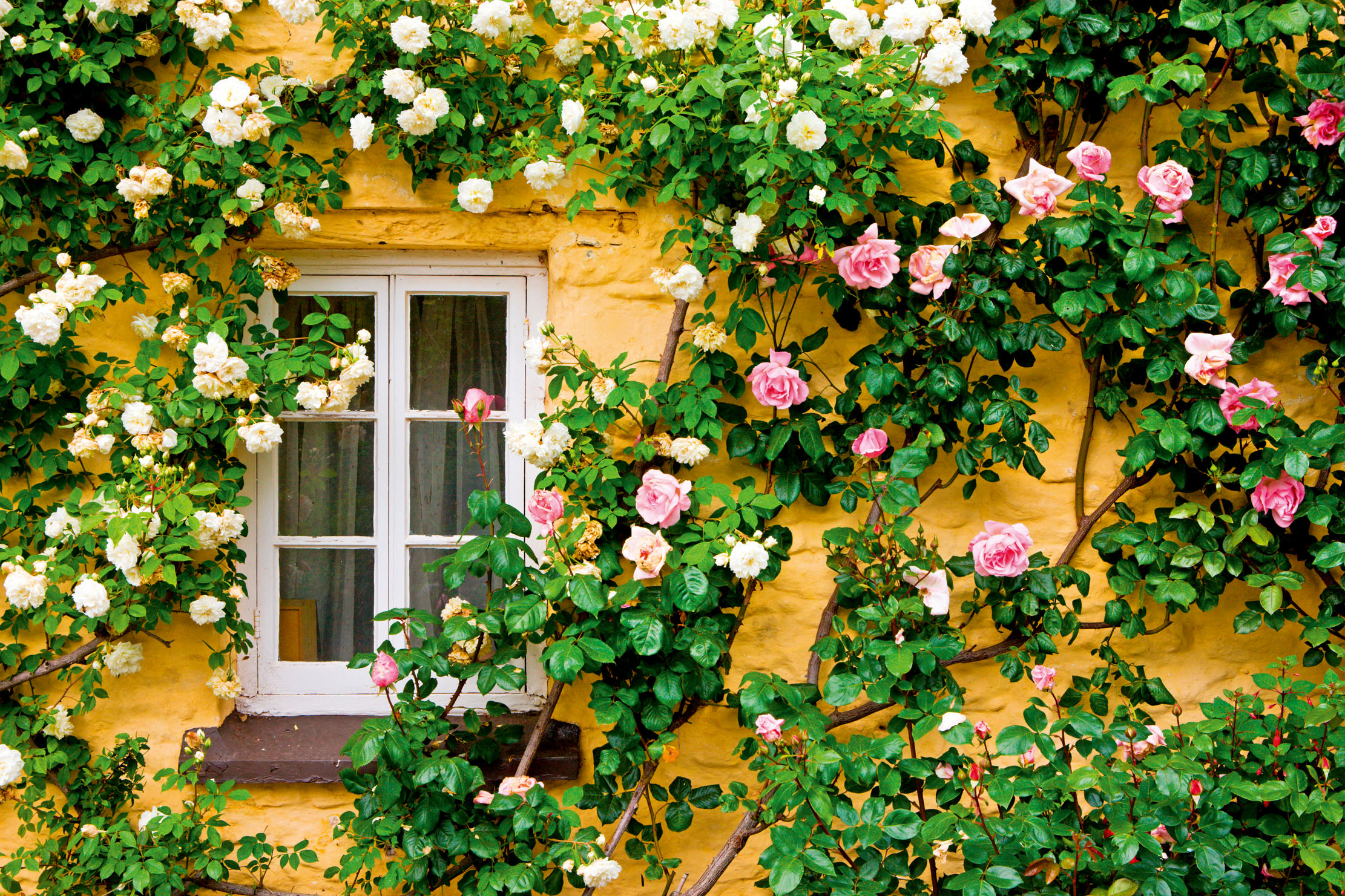
Where to plant shrubs
Most shrubs are natural woodlanders and flourish in shade. You can use them to turn a patch of woodland into a garden — and you can start a mini woodland garden with only one tree. If you have a soil with a pH of 7 or less — acid soils cover about three quarters of the British Isles — your life as a woodland gardener will be an easy one. All those rhododendrons, azaleas and camellias are yours for the planting. Magnolias, hamamelis and almost any ornamental tree or shrub from China, Japan or North America will flourish for you and you can still make a woodland garden if you garden on chalk or limestone. Rhododendrons will not be possible, but many magnolias, mahonias, ornamental elders, cotoneasters and berberis will flourish.
Small shrubs are perhaps the most rewarding — daphnes, lavender, sarcococcas and choisya are useful in mixed borders and near the house, where you see and smell them more frequently. Try to find space for a few larger shrubs, such as hollies, chimonanthus and winter-flowering viburnums. You can cover them with climbers, such as clematis, honeysuckle and roses, to double up their season of interest and underplant them with snowdrops, aconites and bluebells.
As you learn more, you discover that many shrubs come from hotter, drier climates than ours and thus need a more open position. Ceanothus, Choisya ternata and the plants of the Mediterranean maquis — lavenders, cistus and tree-heathers, for example — make for long-lasting borders that will buzz with insects from spring to autumn. Most are evergreen, too. There are shrubs that prefer cooler, damper conditions: the gardens of Cornwall are rich with fuchsias and hydrangeas throughout the long summer holidays.
Gardeners never stop learning. Eventually, they discover that there are shrubs for even the most difficult spot. Now, however, we must reflect on the momentous change under way in horticultural fashion: after decades of emphasis by nurserymen, journalists and plant lovers upon the virtues of herbaceous perennials, the pendulum has swung back to the incomparable splendour of shrubs.
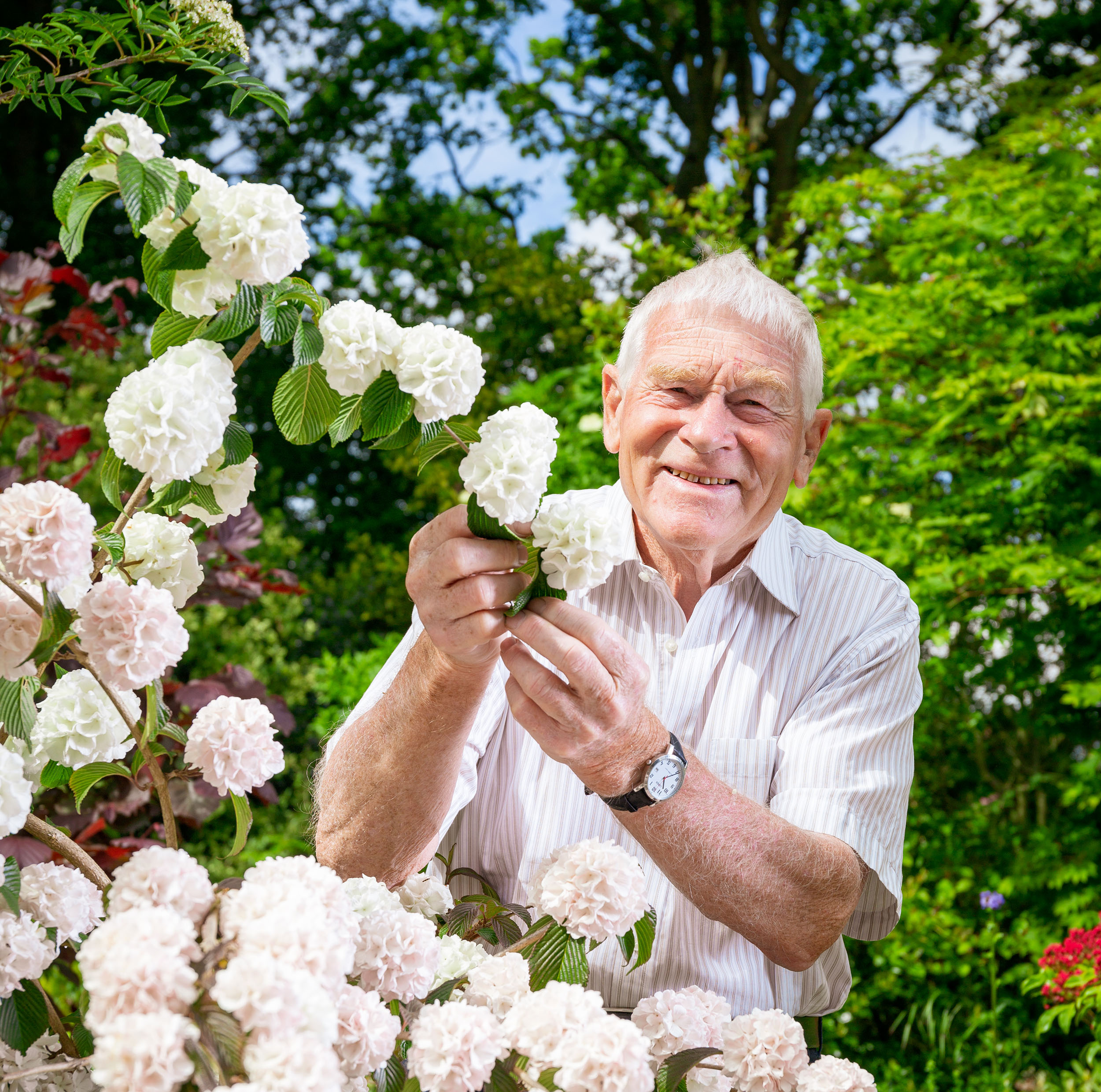
The 10 best shrubs for your garden, by the legendary gardener who's dedicated his life to them
The revered gardener Peter Catt — one of a tiny number of people to have won the RHS’s top accolade
Charles Quest-Ritson is a historian and writer about plants and gardens. His books include The English Garden: A Social History; Gardens of Europe; and Ninfa: The Most Romantic Garden in the World. He is a great enthusiast for roses — he wrote the RHS Encyclopedia of Roses jointly with his wife Brigid and spent five years writing his definitive Climbing Roses of the World (descriptions of 1,6oo varieties!). Food is another passion: he was the first Englishman to qualify as an olive oil taster in accordance with EU norms. He has lectured in five languages and in all six continents except Antarctica, where he missed his chance when his son-on-law was Governor of the Falkland Islands.
-
 How an app can make you fall in love with nature, with Melissa Harrison
How an app can make you fall in love with nature, with Melissa HarrisonThe novelist, children's author and nature writer Melissa Harrison joins the podcast to talk about her love of the natural world and her new app, Encounter.
By James Fisher
-
 'There is nothing like it on this side of Arcadia': Hampshire's Grange Festival is making radical changes ahead of the 2025 country-house opera season
'There is nothing like it on this side of Arcadia': Hampshire's Grange Festival is making radical changes ahead of the 2025 country-house opera seasonBy Annunciata Elwes